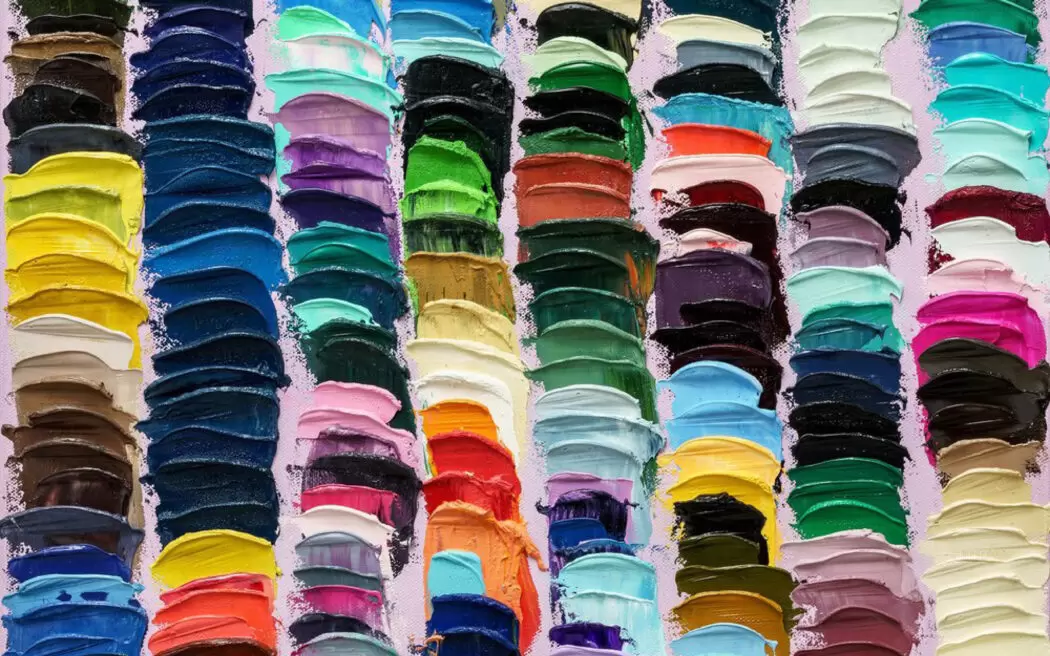The Failed Marriage of Commerce and Creativity: Chapter 2 from "The Art of the Possible" by Ulvi Kasimov
"The art of the possible. How the internet could re-make the art world" was written by .art Founder Ulvi Kasimov. A unique combination of colourful memories, insights into the world of art and interviews made by the author with some of the most prominent personalities of the industry, parts of the book are being published by Artnet.


Scandalous. Exploitative. Shambolic. Unjust. These are the adjectives that abound when creativity and commerce muddle and meld.
Let me take you to the wheat fields of Auvers-sur-Oise in southern France.
It’s here, among sweeping tides of gold, that’s a 37-year-old artist pressed the barrel-cold metal of a revolver to his skin and pulled the trigger. Vincent Van Gogh took two days to die before his still-warm corpse was slung into a pauper’s grave.
As the world now knows, Van Gogh sold just a handful of works during his lifetime, despite a two-year stint working for art dealers Gropil of London in his 20s.
We know that the artist believed a “prison” of poverty and social prejudice prevented him from realising his artistic potential.
Weeks before his death, Van Gogh painted a portrait of his doctor, one Dr Gachet. That painting is now one of the most expensive works of art in the world, currently valued at $152 million.
Now let’s head to London, a city where three in every four artists earn barely £10,000 a year.
At the head of the north entrance of Burlington Arcade – a glittering gallery peddling Florentine leather and vintage Rolexes in London’s Mayfair – we find the Beatles’ former Apple HQ; now a ‘landmark’ Abercrombie and Fitch store.
Look up to the parapets. On this very rooftop on 30 January 1969 the Beatles played their last-ever live gig. And it’s in this building, bought by their record label Apple in 1968, that the boys’ creative hothouse blossomed.

The hippie vision was to commission and support creative endeavour from wherever it sprang; artists the world over sent in their wacky ideas for theatre, music, novels, film and fashion the Fab Four would proffer the cheqcue book. The model imploded within months, its pockets picked by optimists and opportunists all to happy siphon off the lads’ millions.
Just five minutes’ walk away is Sotheby’s, one of the world’s most iconic auction houses.
In 2002 Sotheby’s and Christie’s were found guilty of price fixing and defrauding sellers out of an estimated £290 million.
It turned out the houses had been in cahoots for most of the 1990s, breaching EU competition rules by collaboratively setting client charges in a market they dominated. Sotheby’s was fined £12 million while Christie’s escaped a fine on account of providing key evidence for the prosecution.
We can see a succession of archetypes emerging from this creative miasma: the starving artist; the naïve megastar; the exploitative agent; the carpetbagger; the ligger; the crooked auction house, the benevolent collector and the swivel-eyed stalker.
But does it have to be this way?
The global art market is worth £40 billion in annual revenues. The total worth of art assets is £3 trillion. The annual sales of Christie’s alone in 2015 totalled £4.8 billion.
But I believe that this market, if managed differently, could be both bigger and more beneficial to society at large. Imagine how such value could be generated across the globe to power everything from colleges to libraries? And imagine if we could break out beyond Mayfair and St James’ and give the everyman and the everywoman the opportunity to invest in art.
As a tech entrepreneur, I think the answer lies in the digital world.
To quote the publication Growth Business:
The art market is ripe for internet-based disintermediation. Even today, the vast majority of art sales occur privately through specialist dealers, with little in the way of transparency, market data, third party validation, regulation or liquidity, making it difficult for new entrants to join the market and for investors to trade in art the same way they would in other assets.
An exciting breakthrough in this field is the emergence of the top-level internet domain name, .art – hailed as the new internet address for the world’s creative community.
The 2015 auction of the .art domain was not without controversy.
Prior to the sale, publishing platform E-Flux launched a #savedotart campaign, putting itself forward as potential purchaser alongside social network DeviantART.
In an open letter to the board of the Internet Corporation for Assigned Names and Numbers (ICANN, the body which oversees the internet’s infrastructure and assigns top-level domains), E-Flux said:
Both organizations mutually support each other’s applications. Both are committed to develop “.art” as an authentic Internet address for the arts and represent its community.
And it went on to say:
Left to pure commercial exploitation, .art will stand as a complete failure. It will only occasionally and haphazardly designate the arts themselves. It will not be a welcomed location for the arts. The impact of the worldwide abuse of a beloved term through disjointed, disorganized, and random designations – completely irrelevant to its meaning and associations – would be an irretrievable tragedy.
Well, dear reader, I couldn’t agree more.
That’s why I invested tens of millions of pounds into operating this domain and trying to make a difference.
This chapter in the complete edition of the book is followed by an interview with Martha Fiennes, which you can read here






